
Chinese investigators found that obesity affects retinal structures in different ways depending on whether the obesity is generalized or abdominal.

Chinese investigators found that obesity affects retinal structures in different ways depending on whether the obesity is generalized or abdominal.
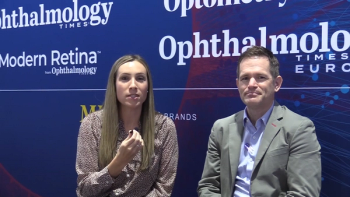
Mike Lyons, PHR, MHRIR, and Megan Odell, BHA, MHHR, with Austin Retina Associates, outline how to implement the GREAT and the LEAP method for an improved employee and patient experience.

With World Sight Day upon us, RestoringVision has issued a lofty but doable goal: to help solve the global vision crisis.

Hear how ophthalmologists and optometrists in the United States are recognizing the importance of this year's awareness day.
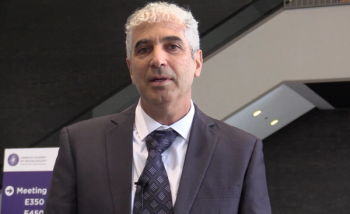
NovaSight’s CureSight is a digital device that proved in a pivotal study to be non-inferior to patching, according to the company.
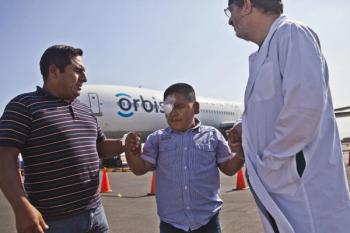
The training will overlap with World Sight Day, which spotlights the importance of eye care. Orbis's clinical staff and medical experts along with UC Davis Medical Health physicians and staff will share their knowledge with nearly 50 ophthalmologists, ophthalmology residents, nurses, and biomedical engineers from Bolivia, Chile, and Peru.

According to a study, vision loss and depression are common conditions with major health implications, but exactly why this association occurs remains a mystery.

According to a study by researchers at the Scheie Eye Institute in the Perelman School of Medicine at the University of Pennsylvania, patients’ low-light sensitivity improved by factors of thousands in a clinical trial.

Donny W. Suh, MD, finds his love for practicing pediatric ophthalmology grows stronger with each passing year. He offers two tips to fellow physicians and his residents and fellows for managing the stressors of daily practice and for getting a good night’s sleep. He also shares his journey in a book called “Catching A Star,” with all proceeds going to a medical mission program.

A team of National Institutes of Health scientists have shed light on how genetic architecture determines gene expression, tissue-specific function, and disease phenotype in blinding diseases.
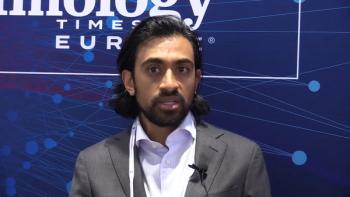
Murtaza Adam, MD, a vitreoretinal specialist with Colorado Retina Associates, shares a few principles he has found helpful when engaging with industry or trying to execute on your own innovation.
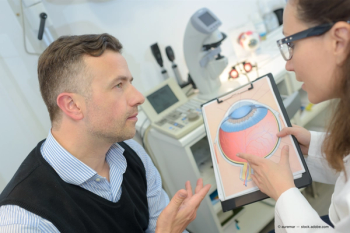
According to data released at the American Academy of Ophthalmology's 2022 annual meeting, a large number of wet AMD patients do not return for treatment.

This post-hoc analysis was performed to evaluate immunogenicity over the long term.
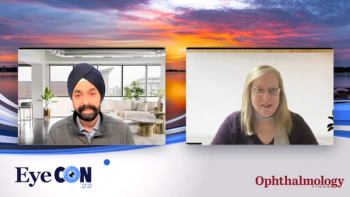
This glaucoma session will offer a look at how to incorporate pearls into clinical practice.

One of the country’s leading ophthalmologists, Steven Schallhorn, MD, says his life and career have been shaped by his time as a Navy pilot in the elite Top Gun program.

According to investigators, treatment options available for patients diagnosed with vernal keratoconjunctivitis are less than adequate and these patients have higher rates of corneal complications and use more healthcare resources despite treatment.
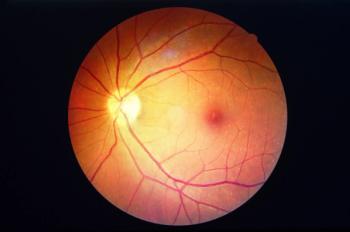
Surrozen Inc. announced this week that it has entered into a collaboration and license agreement with Boehringer Ingelheim to research and develop SZN-413 for the treatment of retinal diseases.

Data from the Phase 4 observational real-world safety study of the intravitreal implant were presented at the annual American Academy of Ophthalmology’s 2022 annual conference in Chicago.
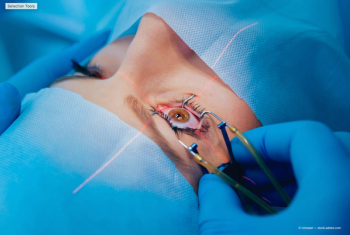
According to investigators, ophthalmologists may be able to safely cut back on having anesthesiologists or nurse anesthetists routinely at bedside during cataract surgery.

Visiox Pharma has announced the submission of a New Drug Application to the FDA for lead product candidate, PDP-716.
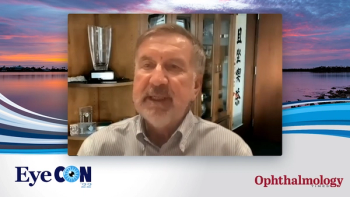
The setting for this year's Ophthalmology Times® EyeCon 2022 at the JW Marriott Marco Island Beach Resort in Florida will provide the opportunity for clinical interaction between faculty and attendees along with the practicality of information.

The FDA describes the test as a web-based, self-guided software application that consumers can access using a touchscreen mobile device and internet-connected computer.
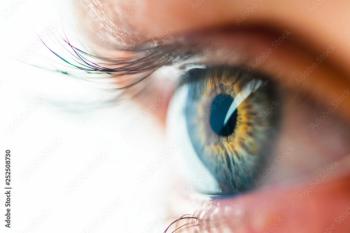
A team of researchers reported that oral doxycycline was effective, at least in the short term, for treating patients diagnosed with mild thyroid-associated ophthalmopathy.
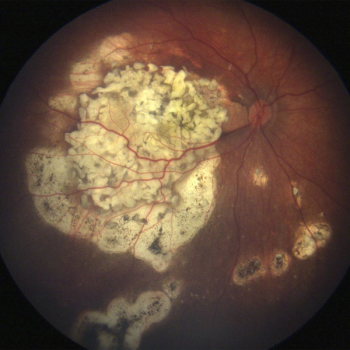
Children who develop the pediatric eye cancer retinoblastoma often lose their vision or an eye due to a lack of specific, targeted therapies and a poor molecular understanding of the cancer. Researchers at UT Southwestern and the University of Miami have discovered that a molecule – estrogen-related receptor gamma, or ESRRG – becomes hyperactive and promotes tumor cell survival in retinoblastoma.

New research paves the way for accurate non-invasive screening test that doe not have to be done in the clinic.

Leading U.S. eye care experts advance eye health focused digital platform designed to make eye care part of daily self-care routine.

Those who used both traditional and electronic cigarettes reported severe to very severe ophthalmic symptoms.
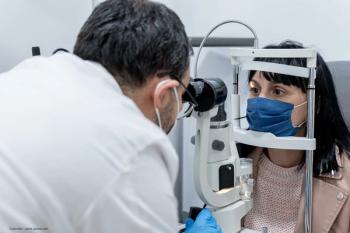
DME showed small significant improvement in study cohort.

The AVONELLE-X long-term extension study will continue to evaluate the efficacy, durability, and safety of faricimab in patients with neovascular AMD.

The data analysis indicated that patients achieved robust visual gains and central subfield thickness reductions with faricimab dosed every 8 weeks and with PTI dosing up to every 16 weeks. The gains were sustained through year 2 of the trials.